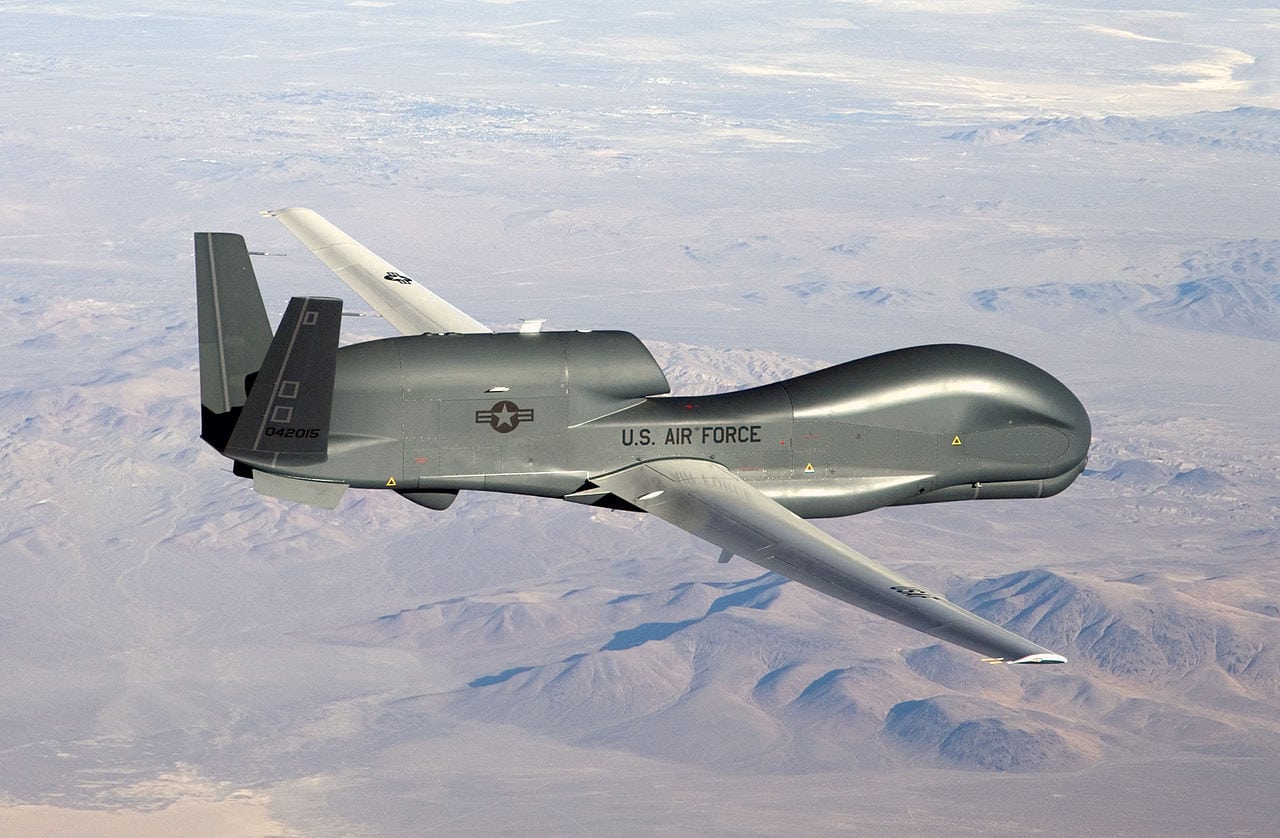 |
| Global Hawk UAS. Photo: Wikipedia |
[Avionics Today 05-08-2015] The U.S. Air Force Research Laboratories (AFRL) recently completed a round of flight tests on its Northrop Grumman-led Multiple Intruder Autonomous Avoidance (MIAA) program. The flight tests demonstrate the robustness and maturity of the Department of Defense’s (DOD) standard collision avoidance software known as Multiple Sensor Integrated Conflict Avoidance (MuSICA).
The MIAA program is one building block in a portfolio of AFRL applied research and advanced development programs that is developing and demonstrating Sense and Avoid (SAA) technology to provide Unmanned Aircraft Systems (UAS) with the ability to automatically detect and avoid collisions with other airspace users.
Multiple flight tests used a Learjet aircraft programmed to fly like an autonomous Global Hawk UAS, while equipped with an SAA system. The flight test configuration included updated MuSICA software that incorporated the definition of “well-clear” recently defined by the DOD Science and Research Panel and modified by RTCA SC-228 to automatically maneuver the jet with sufficient margin to remain well clear of other airborne traffic.
“The MIAA program evolved from concept into a successful SAA hardware demonstration,” said Paul Schaeffer, Air Force program manager for Airborne Sense and Avoid. “I am pleased that MuSICA was able to positively execute and maintain the RTCA SC-228 definition of ‘well-clear’ with single and multiple cooperative and non-cooperative Federal Aviation Administration-supplied aircraft.”